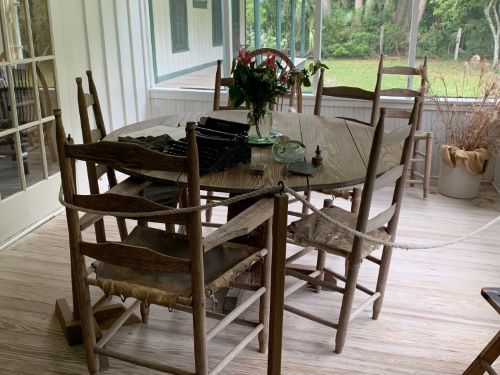For the past 175 years, U.S. public education has been a government monopoly utilizing a one-size-fits-all approach to educating students. Educators know each student is unique, and many are poorly served by this market structure and pedagogy. But social engineering and the massive numbers of students public education serves have led government to implement centrally controlled standardized methodologies.
The modern education choice movement is trying to persuade government and the public to end the government’s monopoly and empower families to replace one-size-fits-all education with customized instruction capable of meeting the distinct needs of each student. While this is an audacious aspiration that faces numerous political and operational challenges, providing each child with an equal opportunity to succeed is possible only through empowering families to customize their child’s education.
How to best redistribute power and balance the control that families and government have over how each child is educated is challenging. Public education exists to serve the public good. Taxpayers are paying the bills, and elected representatives are responsible for ensuring taxpayers get a good return on their investment.
But as we have seen over the past two centuries, government’s educational monopoly is unable to provide each child with an appropriately customized education. Only each child’s family, who know their child best, can do this. Consequently, government should empower families and trust them to make good education decisions. For this needed trust to exist, it needs to be accompanied by verification. Trust but verify is key to family empowerment and to customized instruction succeeding in public education.
State governments use education savings accounts (ESAs) to empower families and enable this transition from one-size-fits-all education to customization. ESAs are flexible spending accounts that allow families to buy the educational products and services they need for their child.
Florida’s state government lets families use their ESAs to buy services from public schools, private schools, homeschool providers, tutors, teachers, and occupational and physical therapists, among others. Families may also purchase educational products such as curriculum, books, physical education equipment and instructional technology, and pay for educational experiences such as field trips to historic sites.
Thanks to the flexibility ESAs provide families and educators, public education is increasingly occurring outside school buildings at libraries, beaches, museums, parks, aquariums, homes, theme parks, art galleries, farms, community centers, forests, and historic sites.
Most families use their ESAs to pay for private school tuition and fees, but some also pay for zoology lessons in the Ocala National Forest, marine biology seminars at SeaWorld, hands-on horticultural experiences on farms, and meetings with scientists on beaches to better understand how climate change is affecting coastal erosion.

Also becoming more common are trips to historic sites such as Marjorie Kinnan Rawlings’ Cross Creek home to learn more about how life in rural Florida influenced her writing or St. Augustine, the nation’s oldest European-established city, to learn how the Spanish affected Florida’s history.
While students, families, and educators enthusiastically embrace these hands-on learning opportunities, some people do not trust that students are learning when they are at beaches, forests, theme parks, farms, or old Cracker houses in rural Florida. They think students today should be taught the way they were taught, sitting at desks in rows in school buildings and listening to the teacher at the front of the room.
To build trust in these instructional innovations, we need to verify students are learning even when they are not sitting in traditional classrooms.
So, how do we prove that taxpayers are getting a good return on their public education investment when a student uses ESA funds to visit SeaWorld or the Marjorie Kinnan Rawlings Historic State Park?
In public education, we primarily use standardized tests and classroom grades to measure student achievement. Unfortunately, these assessments are limited and do not measure many important aspects of child development, such as responsibility, honesty, resiliency, grit, self-management, critical thinking, empathy, problem-solving, and relationship management.
Over the past several decades, many educators and educational researchers have argued that portfolio assessments are better because they allow for a more comprehensive and accurate evaluation of a child’s development. Families, educators, and students put evidence of how well a student is progressing academically, socially, and personally into the portfolio, and these multiple data points from diverse perspectives tend to provide a better overview of a student’s development. Many portfolios also include traditional standardized test data.
Some ESA programs require families to submit annual learning plans that identify the learning priorities their students will focus on during the school year. Florida allows ESA funds to pay for approved choice navigators to help families with these plans, which are required for those who use Personalized Education Program scholarships.
Regardless of which accountability measures are used, how much educational decision-making authority government transfers to families and how government holds families accountable for their decisions will be state-by-state political decisions that unfold over the next several years.


